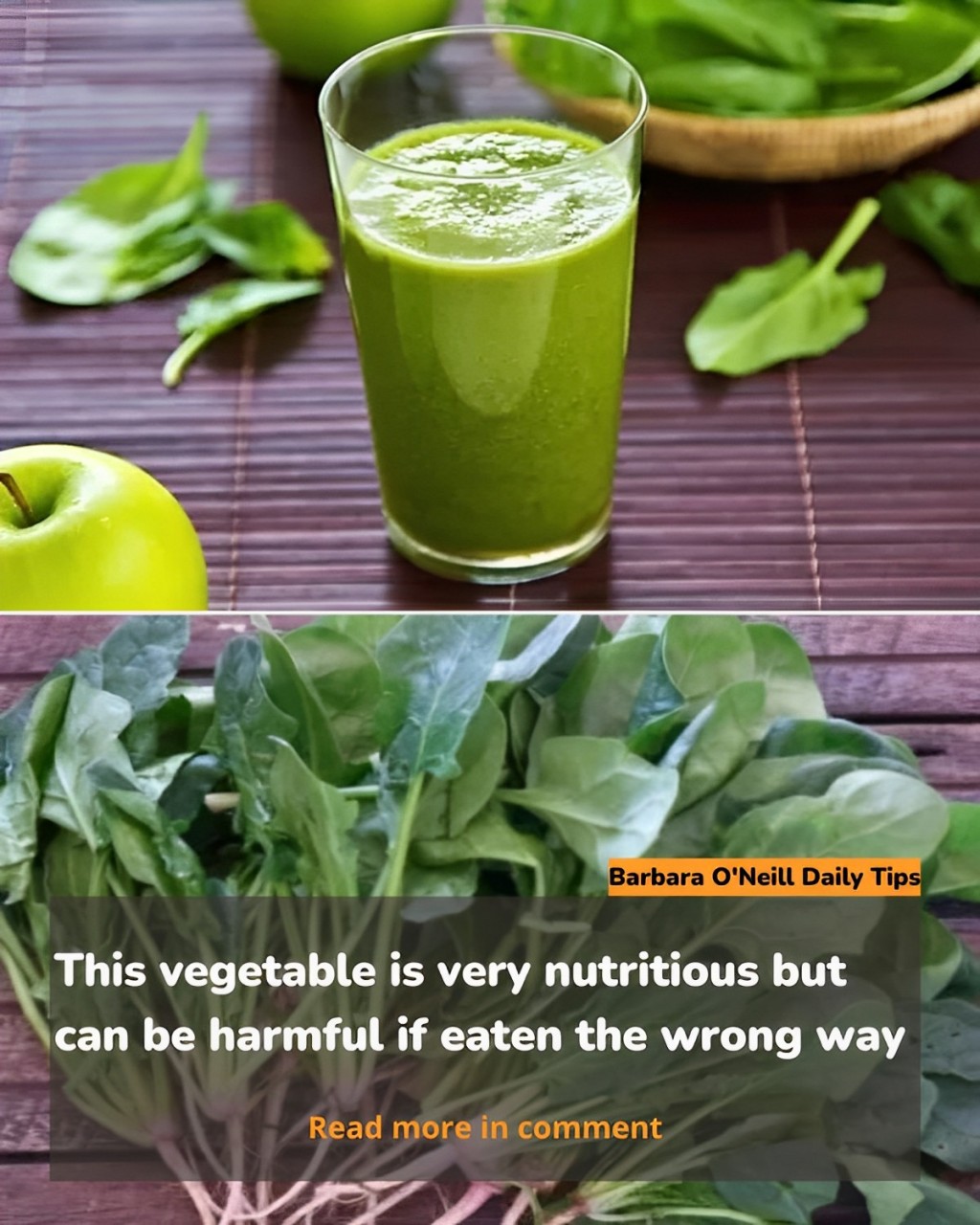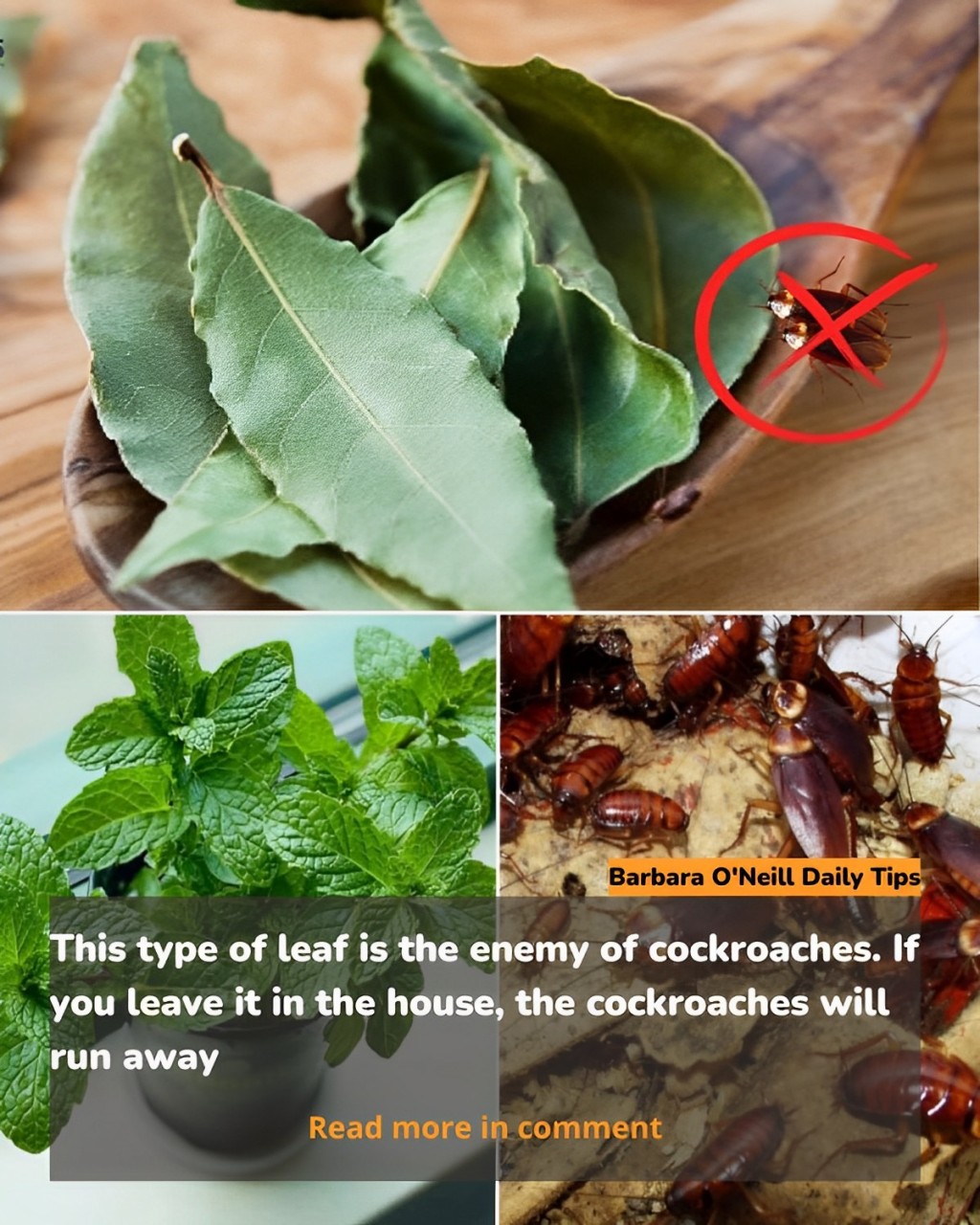Laundry is a routine part of life, and having an effective detergent is crucial for keeping clothes clean and bright. Commercial detergents can be expensive and sometimes harsh on fabrics. This article introduces a powerful homemade liquid laundry detergent recipe, specifically designed to whiten whites. Not only is it cost-effective, but it also ensures a gentle yet thorough cleaning process. With this recipe, you’ll be able to make 24 litres of detergent, suitable for numerous washes.
Understanding Laundry Detergent

Commercial vs Homemade Detergents
Commercial detergents often contain chemicals that can be harsh on sensitive skin and the environment.
Homemade detergents provide a natural alternative, often more gentle and eco-friendly.
The Importance of Effective Whitening
Keeping white clothes bright is a common laundry challenge.
A good detergent should remove stains and prevent the greying of white fabrics.
Ingredients for the Homemade Detergent

Essential Components
1. Borax: A natural mineral that boosts cleaning power and removes stains.
2. Washing Soda (Sodium Carbonate): Effective in removing stains and softening water.
3. Bar Soap: A gentle, natural soap provides the base for the detergent.
4. Baking Soda: Helps to maintain the pH balance and brightens whites.
5. Essential Oils (optional): Adds a pleasant fragrance to your laundry.
Quantities Needed
- Borax: 4 cups
- Washing Soda: 4 cups
- Bar Soap (grated): 2 bars
- Baking Soda: 1 cup
- Essential Oils: 20-30 drops (optional)
Equipment Required
- Large bucket (30-litre capacity)
- Grater (for the soap)
- Large spoon or stick for stirring
- Measuring cups
- Airtight containers for storage
Step-by-Step Guide to Making the Detergent

Preparing the Ingredients
- Grate the Bar Soap: Use a grater to finely grate the soap bars.
- Heat Water: Boil about 4 litres of water.

Mixing the Ingredients
1. Dissolve the Soap: Add the grated soap to the boiling water and stir until dissolved.
2. Combine Dry Ingredients: In the large bucket, mix borax, washing soda, and baking soda.
3. Add the Soapy Water: Pour the dissolved soap mixture into the bucket with dry ingredients.
4. Add More Water: Fill the bucket with additional water to reach 24 litres.
5. Stir Thoroughly: Ensure everything is well mixed and dissolved.
Adding Fragrance (Optional)
If desired, add essential oils for fragrance and additional cleaning properties.
Cooling and Storage
- Let the mixture cool. It will thicken as it cools.
- Store in airtight containers.
Using Your Homemade Detergent

Dosage Recommendations
Use approximately 1/2 cup of detergent per regular load.
Adjust the amount based on the size and soil level of the load.
Precautions
Shake or stir the detergent before each use, as it may separate over time.
Perform a patch test for colorfastness on colored fabrics.
Benefits of the Homemade Detergent
Cost-Effective
Making your detergent can significantly reduce laundry expenses.
The ingredients are commonly available and often cheaper in bulk.
Eco-Friendly
This homemade detergent is free from harmful chemicals, making it a more environmentally friendly option.
Reduced plastic waste from purchasing commercial detergent bottles.

Gentle on Fabrics and Skin
The natural ingredients are gentler on clothes and suitable for people with sensitive skin.
Troubleshooting Common Issues
Consistency Variations
If the detergent is too thick or gel-like, dilute it with more water.
If too watery, increase the amount of grated soap for the next batch.
Dealing with Hard Water
Hard water can affect the cleaning efficiency. Add a water softener like Calgon to the wash cycle if needed.
Boosting Whitening Power
For extra whitening, add a half cup of baking soda or hydrogen peroxide to the wash cycle.
Enhancing the Detergent’s Performance
Adding Natural Brighteners
Natural ingredients like lemon juice or distilled white vinegar can be added to the rinse cycle as natural fabric brighteners.
Pre-Treatment for Stains
For tough stains, pre-treat the fabric with a paste made from baking soda and water before washing.
Temperature Settings
Use warm water for heavily soiled loads, but cold water is generally sufficient and more energy-efficient for regular washes.
Storage and Shelf Life
Proper Storage
Store the detergent in a cool, dry place.
Use airtight containers to prevent the detergent from drying out or forming clumps.
Shelf Life
Homemade detergent can last several months, but it’s best used within six months for optimal effectiveness.
Customizing Your Detergent
Scent Variations
Experiment with different essential oils to find your preferred scent. Lavender, eucalyptus, and citrus are popular choices.
Adjusting the Formula
Feel free to adjust the quantities of the ingredients based on your cleaning needs and preferences.
The Environmental Impact of Homemade Detergents
Reducing Chemical Runoff
By using natural ingredients, homemade detergents contribute less to water pollution and chemical runoff.
Sustainable Practices
Making your detergent supports sustainable practices, reducing reliance on industrially produced products.
Conclusion
Creating your homemade liquid laundry detergent is not only a fun and rewarding project, but it also offers numerous benefits, from cost savings to environmental friendliness. This powerful 24-litre recipe provides an effective solution for whitening your whites, with the flexibility to customize according to your needs. By choosing to make your detergent, you contribute to a healthier environment, enjoy cleaner and brighter clothes, and embrace a more sustainable lifestyle. Remember, every small step towards eco-friendly practices makes a big difference in the long run.





